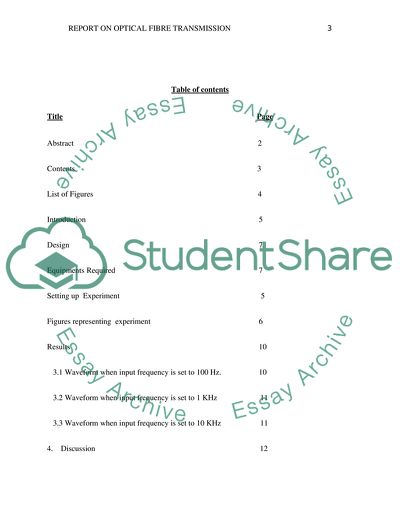Cite this document
(Optical Fibre Communication Lab Report Example | Topics and Well Written Essays - 1750 words, n.d.)
Optical Fibre Communication Lab Report Example | Topics and Well Written Essays - 1750 words. Retrieved from https://studentshare.org/formal-science-physical-science/1851095-optical-fibre-communication-report
Optical Fibre Communication Lab Report Example | Topics and Well Written Essays - 1750 words. Retrieved from https://studentshare.org/formal-science-physical-science/1851095-optical-fibre-communication-report
(Optical Fibre Communication Lab Report Example | Topics and Well Written Essays - 1750 Words)
Optical Fibre Communication Lab Report Example | Topics and Well Written Essays - 1750 Words. https://studentshare.org/formal-science-physical-science/1851095-optical-fibre-communication-report.
Optical Fibre Communication Lab Report Example | Topics and Well Written Essays - 1750 Words. https://studentshare.org/formal-science-physical-science/1851095-optical-fibre-communication-report.
“Optical Fibre Communication Lab Report Example | Topics and Well Written Essays - 1750 Words”, n.d. https://studentshare.org/formal-science-physical-science/1851095-optical-fibre-communication-report.


